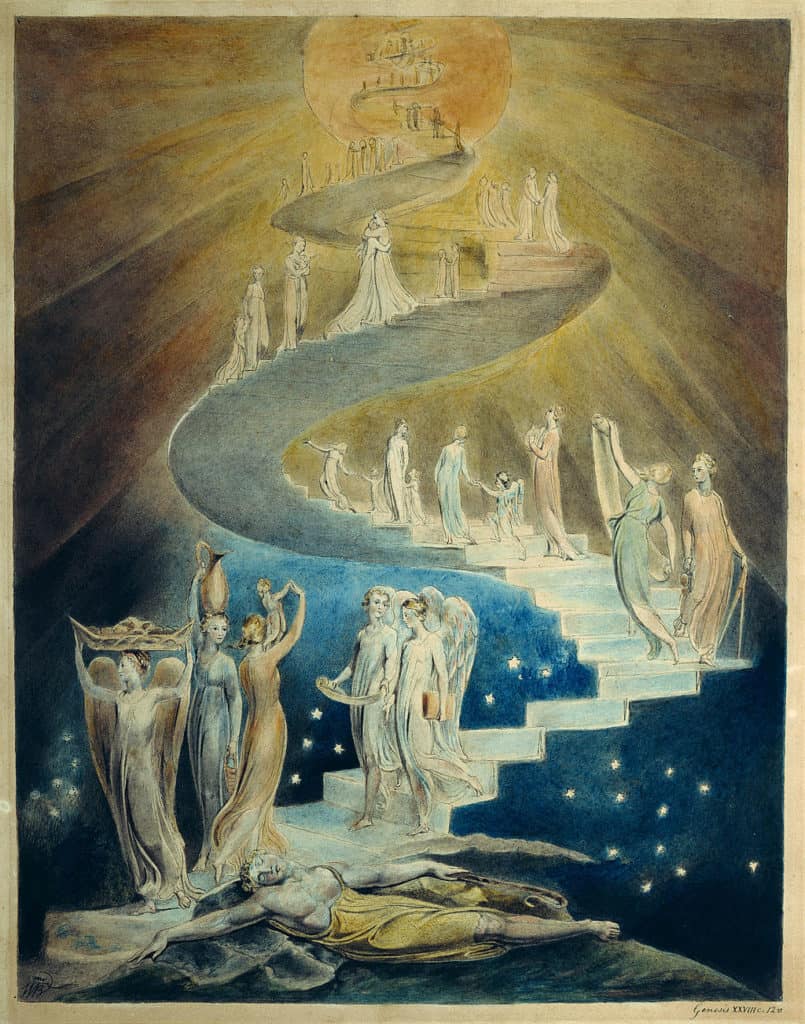Subjective Time
Subjective Experience of Time
Our experience of time is intricately tied to how quickly we process and understand our surroundings. As we navigate life, our perception of time is formed by the pace at which we absorb information and make sense of our current situation.

When we are young, everything is novel. Significant mental effort goes into understanding every nuance of the current situation. So much attention is consumed by the abundance of detail that each occurrence feels lengthy. The painting on the left exhibits details that slow our appreciation at the main idea.
Aging and Time Perception
As we grow older, our environment becomes more familiar. The novelty of new experiences diminishes, leading to quicker comprehension. Consequently, time appears to accelerate because we expend less mental effort to arrive at conclusions about our surroundings.
The shift from youthful analyzing and understanding our environmental possibilities is a natural process. It leads to mature categorizing and divining our understood possibilities based on what we have learned. But it is not without its costs. Our mental framework becomes more brittle.
The Natural Evolution of Perception and Its Consequences

As we journey through life, our perception of the world undergoes a fascinating transformation. In our youth, we eagerly analyze and explore the myriad possibilities within our environment. We revel in the novelty of discovery, absorbing information like sponges. However, as the years accumulate, our perspective matures. We shift from mere analysis to a more refined process of categorization and divination. What was once a vast landscape of potential is distilled into the essence, based on what we have learned.
Yet, this metamorphosis is not without its trade-offs. Our mental framework, once flexible and expansive, gradually solidifies. Like an ancient tree, our understanding takes on a certain rigidity. We find comfort in our well-worn categories, but therein lies the challenge: we become less adept at handling situations that fall outside these familiar boundaries. The cost of wisdom is the narrowing of our adaptability.
The Changing Tempo of Time
Imagine being eight years old, where each day unfolds at a leisurely pace. Now fast-forward to age seventy-five: a week slips by as swiftly as a single day did in our youth. Our perception of time adapts, influenced by richness of experience and focus on interests.
Citation 1. The image of William Holman Hunt’s “The Shadow of Death” painted in 1860 was obtained from Wikimedia Commons and is in the public domain.
Citation 2. The impressionistic “Shadow of Death” was created by Bing in response to my prompts.
Citation 3. Featured Image (cover). Wooden Hourglass. User: S Sepp, CC BY-SA 3.0 http://creativecommons.org/licenses/by-sa/3.0/, via Wikimedia Commons








